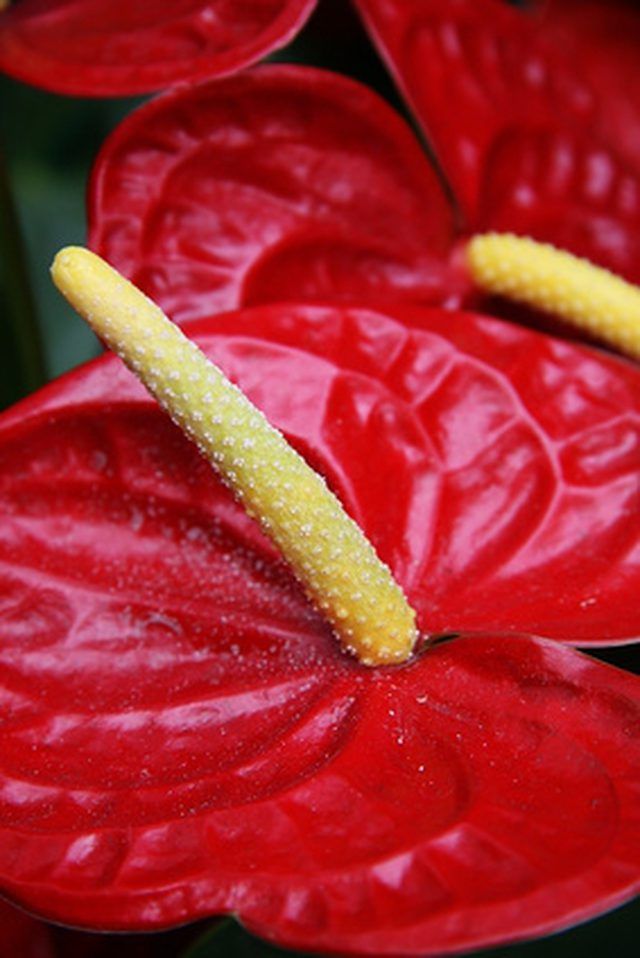Bulbs
Flower Basics
Flower Beds & Specialty Gardens
Flower Garden
Garden Furniture
Garden Gnomes
Garden Seeds
Garden Sheds
Garden Statues
Garden Tools & Supplies
Gardening Basics
Green & Organic
Groundcovers & Vines
Growing Annuals
Growing Basil
Growing Beans
Growing Berries
Growing Blueberries
Growing Cactus
Growing Corn
Growing Cotton
Growing Edibles
Growing Flowers
Growing Garlic
Growing Grapes
Growing Grass
Growing Herbs
Growing Jasmine
Growing Mint
Growing Mushrooms
Orchids
Growing Peanuts
Growing Perennials
Growing Plants
Growing Rosemary
Growing Roses
Growing Strawberries
Growing Sunflowers
Growing Thyme
Growing Tomatoes
Growing Tulips
Growing Vegetables
Herb Basics
Herb Garden
Indoor Growing
Landscaping Basics
Landscaping Patios
Landscaping Plants
Landscaping Shrubs
Landscaping Trees
Landscaping Walks & Pathways
Lawn Basics
Lawn Maintenance
Lawn Mowers
Lawn Ornaments
Lawn Planting
Lawn Tools
Outdoor Growing
Overall Landscape Planning
Pests, Weeds & Problems
Plant Basics
Rock Garden
Rose Garden
Shrubs
Soil
Specialty Gardens
Trees
Vegetable Garden
Yard Maintenance
How to Water an Anthurium
How to Water an Anthurium. Anthuriums provide impressive color to the home, and they do it all with their foliage. These indoor tropical plants have deep green glossy leaves as well as additional modified leaves—also referred to as their flowers—that are bright red, orange, white, pink or purple in color. These plants have a long...

Anthuriums provide impressive color to the home, and they do it all with their foliage. These indoor tropical plants have deep green glossy leaves as well as additional modified leaves—also referred to as their flowers—that are bright red, orange, white, pink or purple in color. These plants have a long flowering period and bloom at their best during the winter holiday season. For this reason they are often sold as potted holiday plants. Proper watering is vital. Anthuriums cannot tolerate too much water or soggy soil.
Things You'll Need
10-20-10 fertilizer
Check the soil moisture with your finger before each watering. Stick your finger into the top of the soil and water only if the top 2 to 3 inches of soil are beginning to feel dry.
Water the anthurium from the top of the pot until the excess moisture begins draining out the bottom of the pot. Irrigate at the base of the plant and avoid wetting the foliage.
Empty the drip tray 30 minutes after watering so the plant is not left to sit in the standing water. Standing water causes soggy soil and leads to root rot.
Fertilize the plant every other month with a half-strength soluble, 10-20-10 analysis fertilizer. Dilute the fertilizer in water at half the rate recommended on the fertilizer label and water the anthurium with the solution.
Tips & Warnings
Anthuriums usually require watering every five to 10 days when grown in pots. Check soil moisture once a week.
Wipe down the the anthurium leaves with a damp cloth once a month to remove any dust.
Anthurium is not receiving enough water if the tips of the leaves become dry and brown. More frequent watering is necessary.
Excessive fertilizer salts around the roots are damaging to the plant. Flush out the excess salts one week after each fertilization by watering the pot until the excess water drains freely from the bottom.